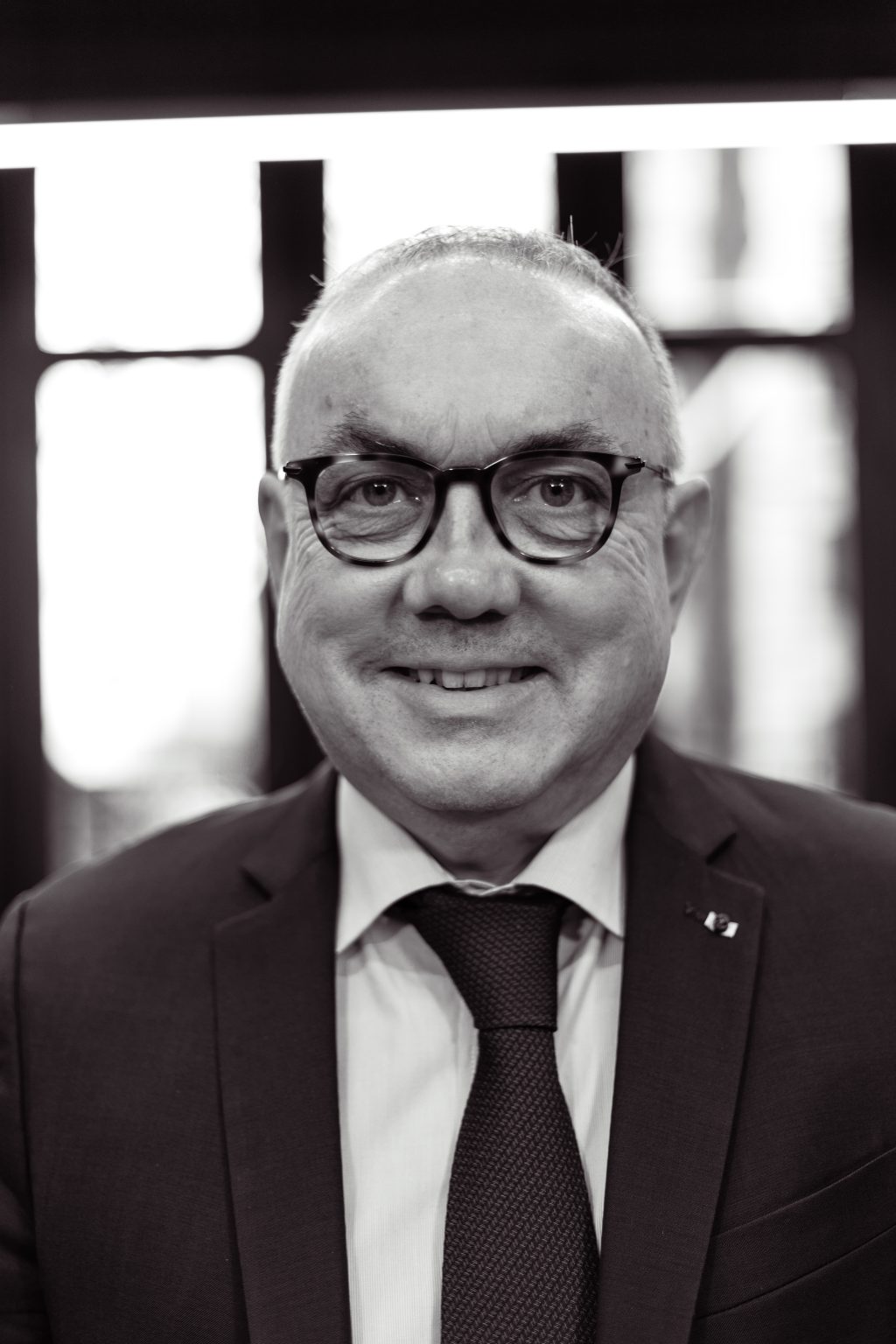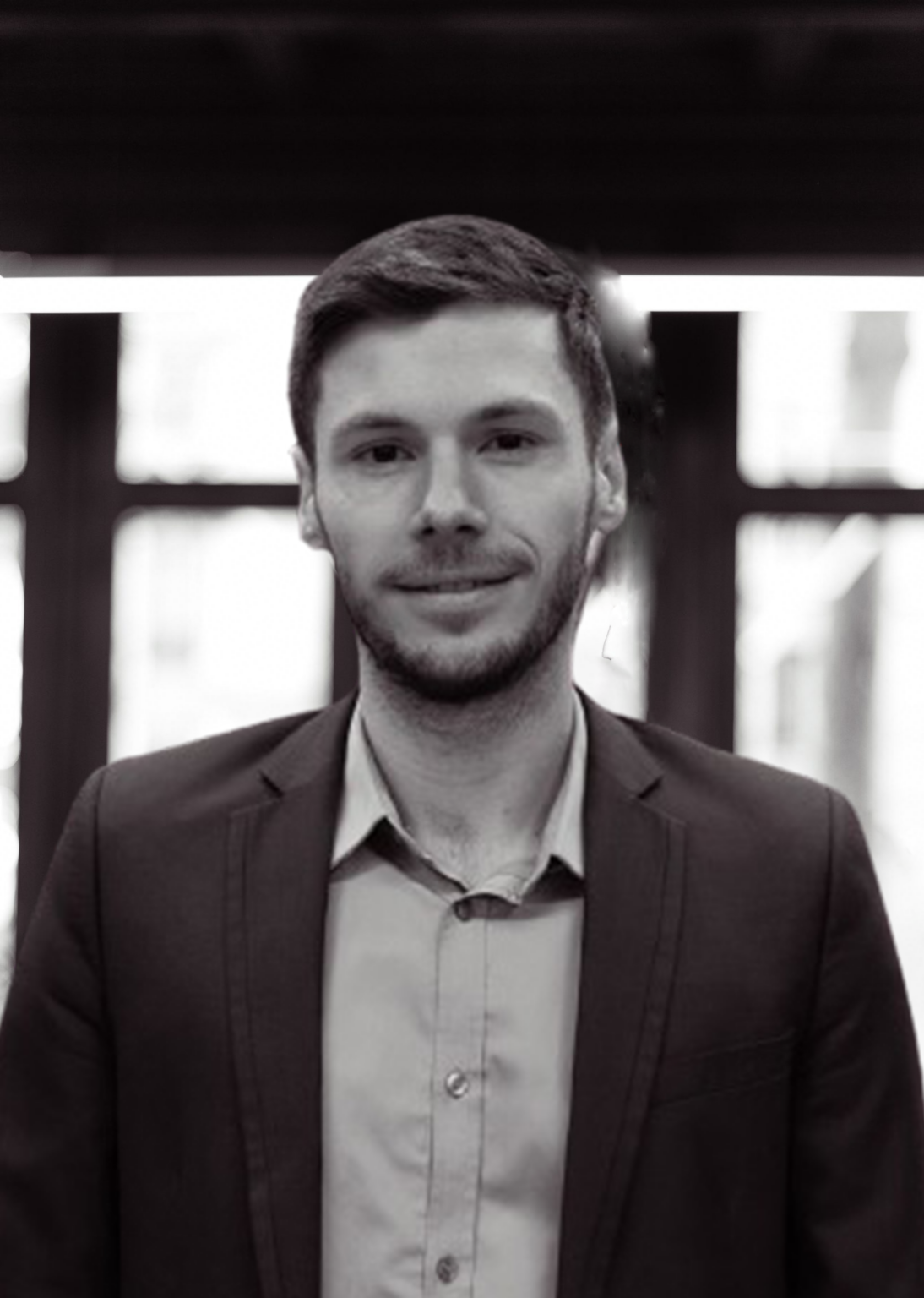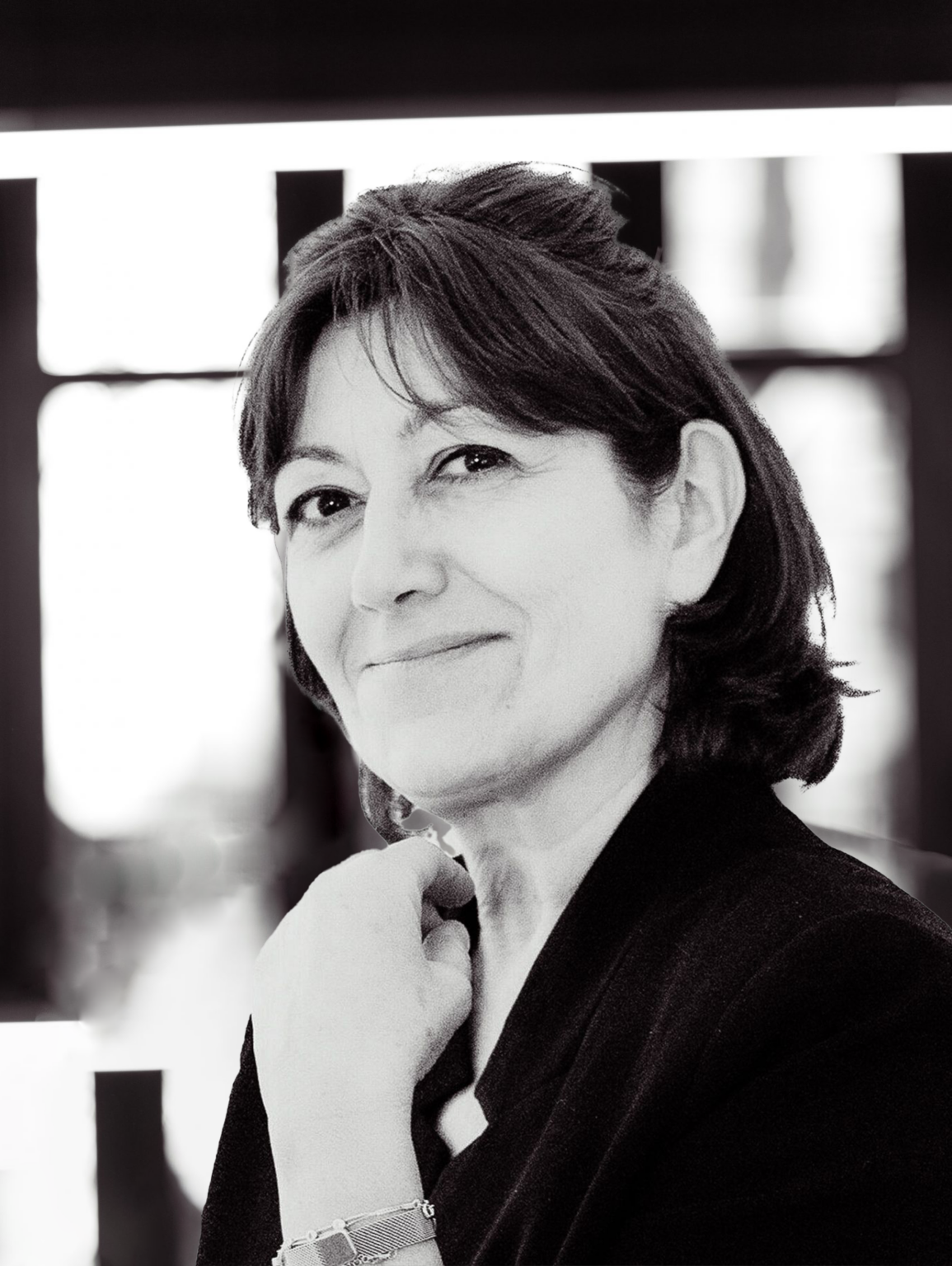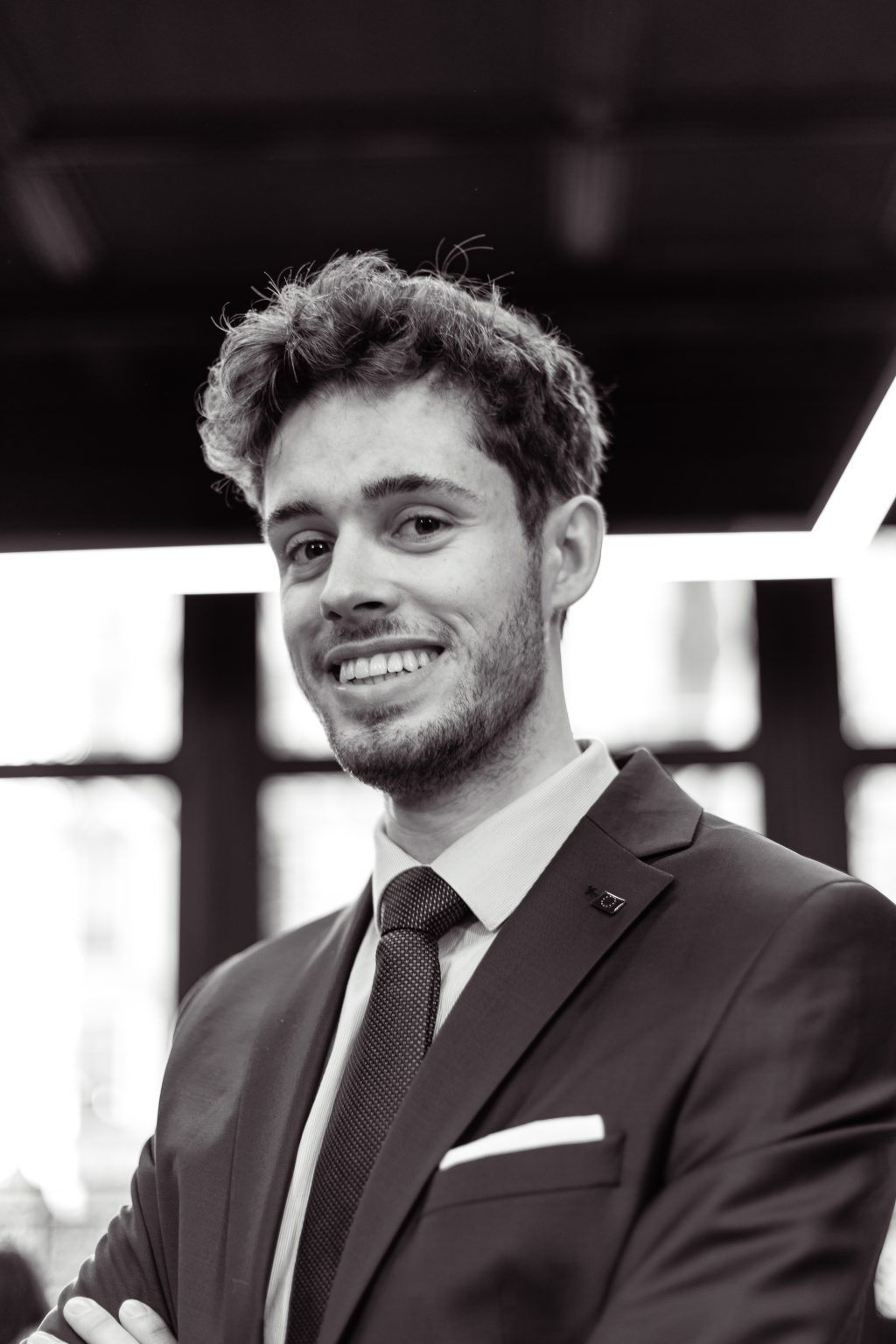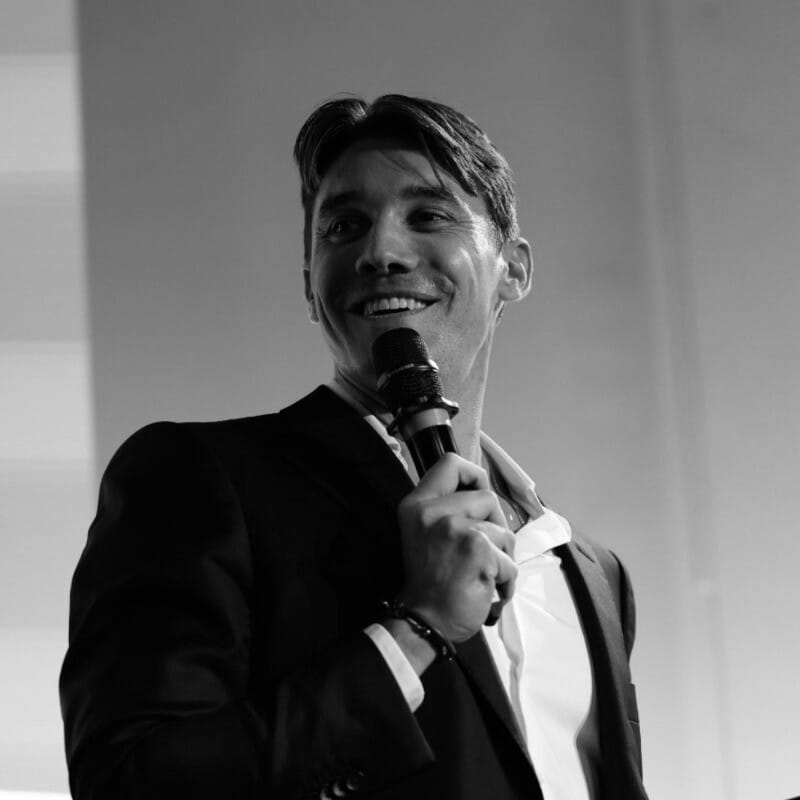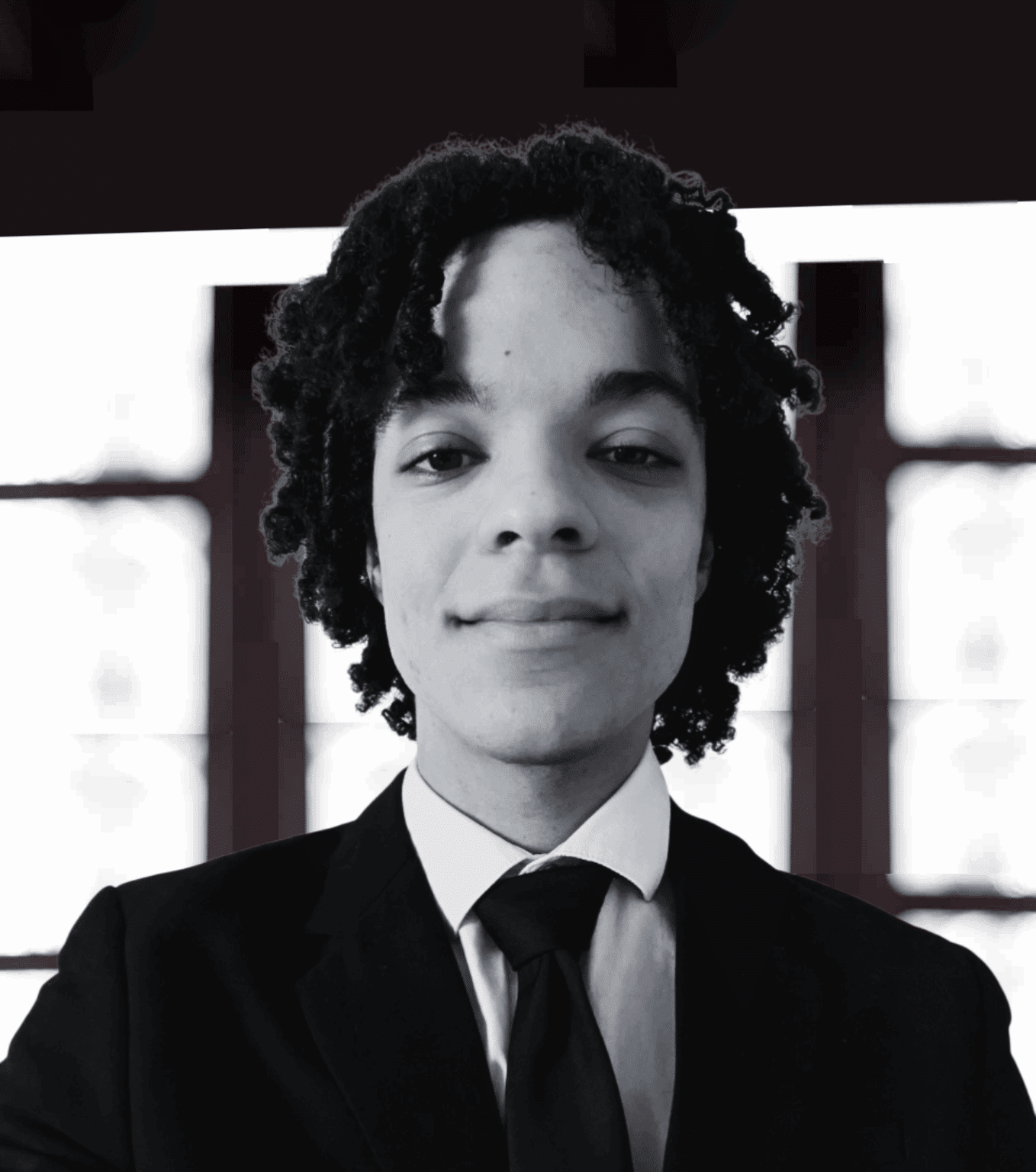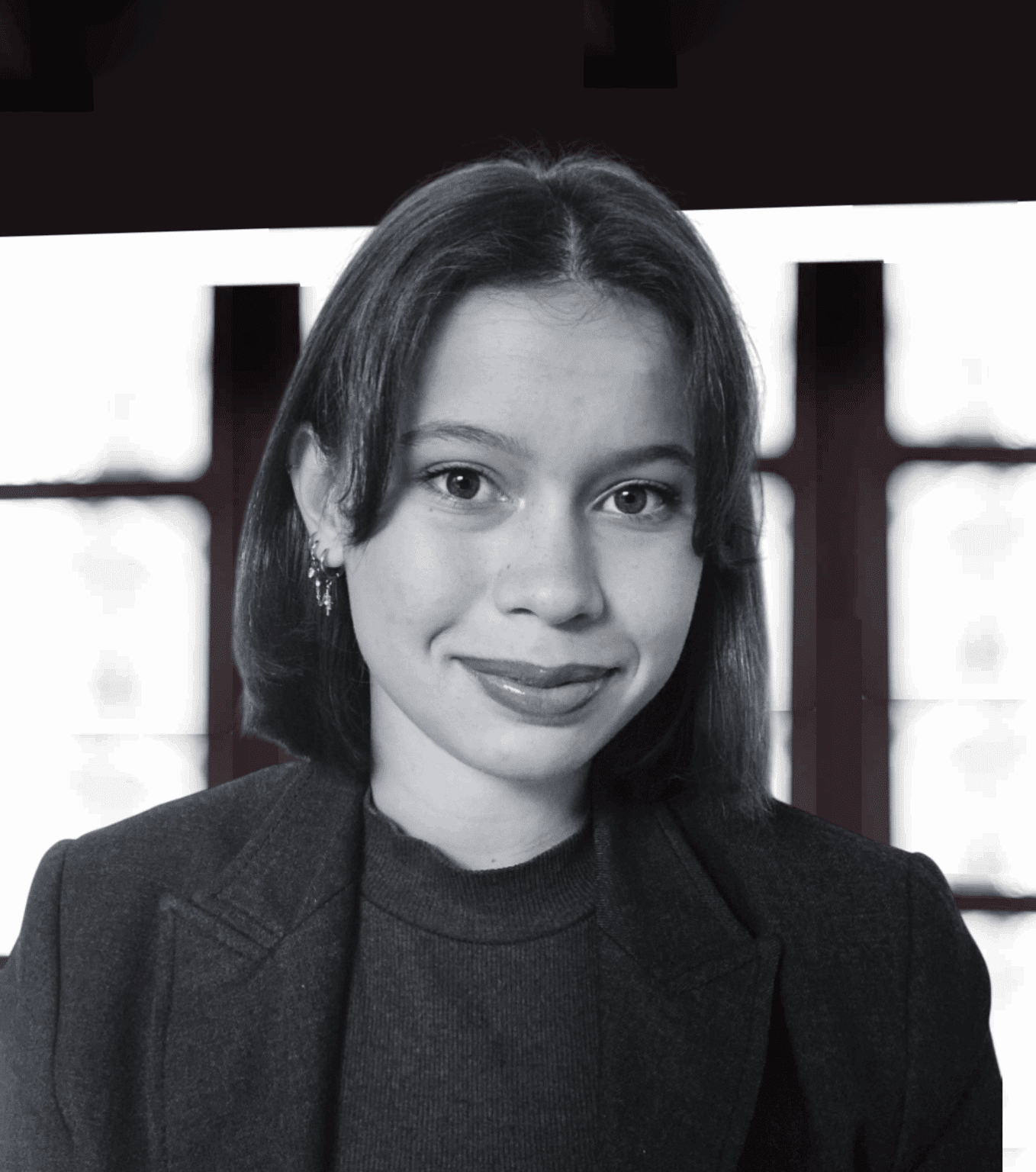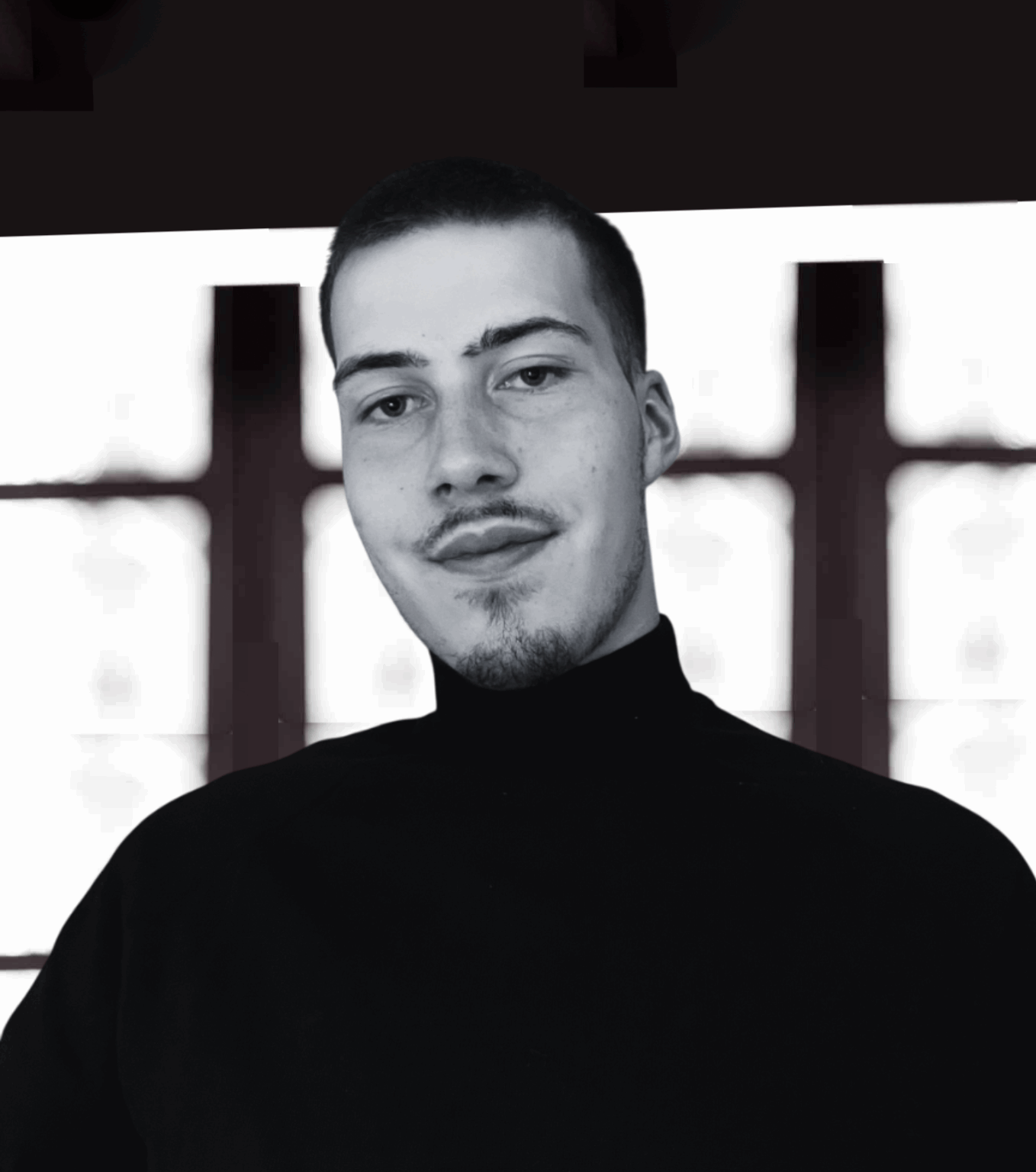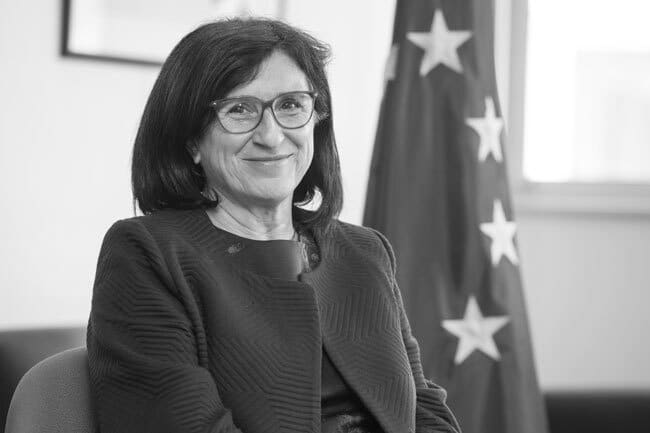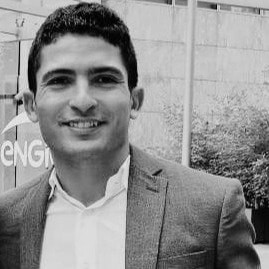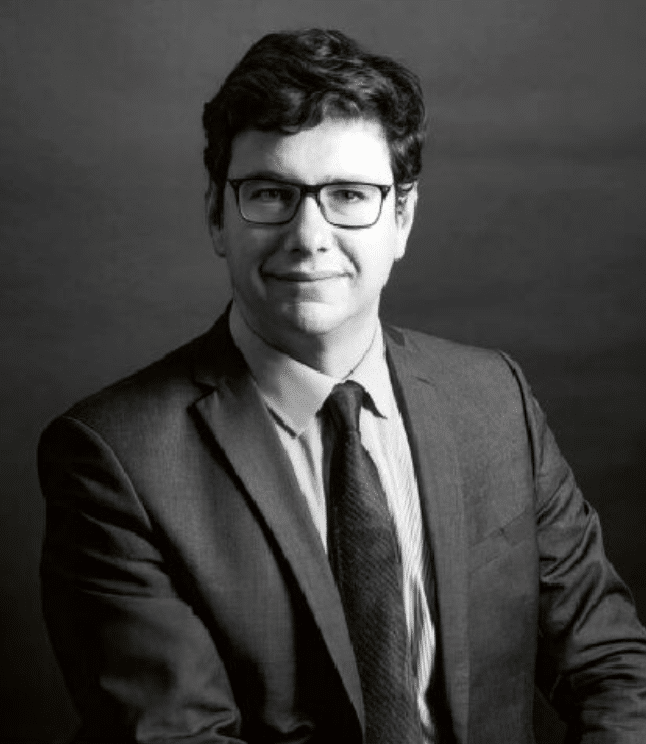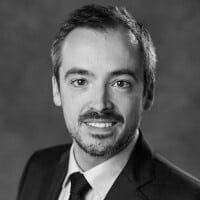Irena Bilic
Coordinator of the Solidarity Tour, founder and executive director of the “L’Europe autour de l’Europe” (Europe by Europe) festival
Html code here! Replace this with any non empty text and that's it.
The purpose of the Solidarity project was to bring young Europeans from seven different countries together on a ‘Tour’ of six capital cities, each leg of which was woven through with cultural activities and events. How can we connect and bond with each other or make sense of the world around us without wandering through a museum of archaeology or history, talking about a documentary we have seen, or sharing a meal together? At every stage of the tour, organiser Irena Bilic managed to provide insight and understanding into what makes people tick in countries that many of the youngsters were visiting for the first time.
WHEN IT COMES TO CULTURE, ALL COUNTRIES ARE EQUAL
Why did we decide to organise the Solidarity Tour around visits to museums and libraries, film screenings and guided walks through cities and to places of historical interest? Because it is hard to deny that European culture exists. We need only think about the great writers who are now part of all our lives (Bodler, Shakespeare, Cervantes and Dostoevsky among others), of Italian and German opera, the masterpieces of national cinema that make up our common European heritage, the Renaissance, the ancient civilisation of Greece, etc. This cultural project was all the more justified by the disheartening words of writer and journalist Frédéric Martel: ‘Europeans have little interest in the culture of countries other than their own, and neither intellectuals, nor the media (newspapers rarely report on the cultural life of their neighbours), nor the European institutions (just 0.1% of the Union’s total budget is allocated to the “Europe of culture”) have managed to create a genuine desire for a European culture.’
But it is not just culture that fails to arouse our interest. We are not interested in our neighbours at all, neither their lives, nor their language, nor their concerns. So, how can we really call ourselves European?
I created a cultural programme as a way of encouraging young Europeans to connect with each other. It was designed to inform, instruct, fascinate, surprise and intrigue those taking part in the Solidarity Tour, and to confront them with the cultural, sociological, historical and artistic reality of others.
If there was one thing that really encouraged me and made my task easier, it was the knowledge that all countries are equal when it comes to culture. All over Europe, there are men and women who have won Nobel Prizes in the arts and sciences, and there are star dancers, artists and musicians. The European civilisation gives talent the opportunity to flourish and has always, and still does, share much of that talent worldwide.
The Solidarity Tour was intended to be an educational project. The Warsaw Rising Museum enables visitors to identify with the Warsaw residents who were trapped under the bombs in 1944, shortly before the city was completely destroyed – you get to see the Second World War, or any war for that matter, through the eyes of the people who were there. You are shocked by your own ignorance; you want to understand and therefore to learn. When you visit the Church of the Holy Cross in Warsaw, you are intrigued by the bond that developed between a priest and a worker’s union, with the backing of an entire people. You also learn that the heart of one of Europe’s most illustrious and well-loved composers, Frédéric Chopin (who was of French and Polish descent) was laid to rest there.
At the Nikola Tesla Museum in Belgrade, which is still often confused with another eastern European capital (but has kept its name despite all that has happened since the fall of the Berlin Wall), you discover the work and the European journey of one of the greatest minds in the modern era, an authentic Renaissance thinker who was an influential figure in sustainable development: Nikola Tesla, an American inventor and engineer of Serbian descent, widely known for his prominent role in the development and adoption of alternating current in transport and electricity distribution. You also learn that Serbia lost a third of its male population during the Great War,
which makes you think about your own country’s experience, and about the terrible tragedies that befell Europe in the twentieth century. And you wonder how it is possible to ‘miraculously’ unite Europe, and what its future will be.
IN BUDAPEST ET IN ATHENS, DOCUMENTARY FILMS ON CURRENT ISSUES
We visited the Robert Capa Contemporary Photography Centre in Budapest, the birthplace of the pioneering reporter and journalist who covered five major conflicts: the Spanish Civil War (1936-1939), the Chinese war of resistance against Japan (1938), the Second World War across Europe (1941-1945), the first Arab-Israeli War (1948) and the Indochina War (1954). Robert Capa took it right down to the wire. On 25 May 1954, when he was covering the Indochina War, he stepped on a landmine and was killed outright.
And in Greece, the tour of the National Archaeological Museum in Athens takes you on a journey back in time. You revisit the foundations of European civilisation, its philosophers, sculptures, architects and writers, citizens who invented and practised the democracy that we now claim to adhere to, and that we must constantly reinvent (or else?). Ancient Greece can help us put things (back) into perspective. In Athens, where the topic of discussion was migration, the group also visited a refugee centre for unaccompanied minors of various nationalities, including Afghans and Syrians, as well as young people from Sub-Saharan Africa. Foreigners – ‘barbarians’ – also made their way to the shores of Ancient Greece. There are lessons to be learned from that.
The two films screened at the French Institute in Budapest and the Greek Film Archive in Athens discussed the topics addressed at the seminars. The docufilm Les Règles du Jeu, which was produced by Claudine Bories and Patrice Chagnard, follows the fortunes of three young jobseekers and discusses the integration of young people into the labour market. In Athens, the screening of the documentary Milad – my planet by Menelaos Karamaghiolis, which investigates the fate of asylum seekers arriving in Europe, provided an opportunity for young Europeans, refugees and the director to talk about the issue of migration.
In Prague, which is an architectural masterpiece in itself and survived the destruction wrought during our century of tragedy, the young people visited the Karel Zeman Museum. A brilliant film director often regarded as the successor to Méliès, Zeman directed the science fiction film Journey to the Beginning of Time. Karel Zeman was not only at the forefront of numerous trends in contemporary cinema, he was also one of the greatest masters of animated film and a huge source of inspiration to George Lucas.
In Paris, we visited two unique ‘cultural’ venues: the Cité internationale universitaire de Paris and the Bibliothèque publique d’information Centre Pompidou. The former, with its 40 national houses (or residences) has been hosting students and researchers from all over the world for almost a century; the latter is a reading, learning and research hub open to everyone. These two venues embody the very best of what the twentieth century achieved in terms of democratising and sharing knowledge and culture – the possibility for everyone to access culture.
A POLICY OF CIVILISATIONAL AND CULTURAL REGENERATION
That is the purpose of a cultural programme: to enable young people to ask questions, think, search and get involved. Also, as another remarkable European – the sociologist and philosopher Edgar Morin – has pointed out: ‘There is still one thing that can pave the way to a politically united Europe and thus help fill the political vacuum, and that is the environmental question. Europe could develop a common policy to safeguard natural environments, settings and quality of life; a policy of civilisational and cultural regeneration to replace more with better.’ From this perspective – the perspective of Edgar Morin – culture is part of the global environmental project! And we all have an opportunity to play our part.
All of the participants in the Solidarity Tour participated actively in the film screenings and the visits to museums and historical places, which inspired discussions about the culture of others; they were also immersed in linguistic, gastronomic and musical experiences, and had the opportunity to explore ‘local’ lifestyles at each of the six European legs of the tour.
The Solidarity Tour is proof in itself that Europe’s future lies in education.

